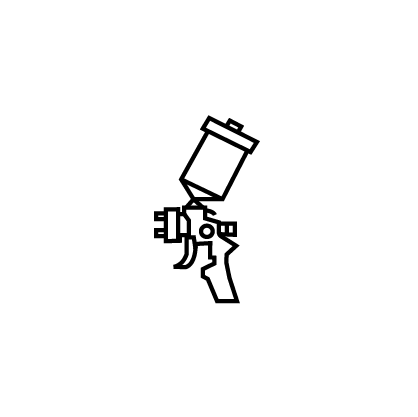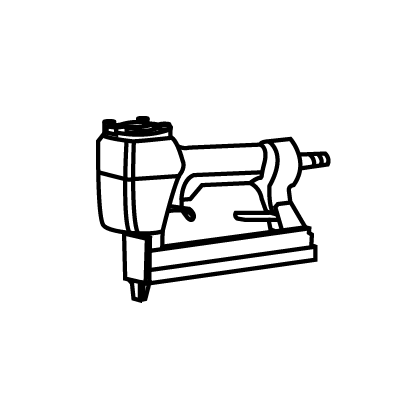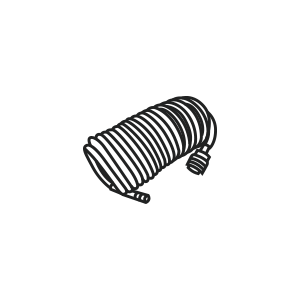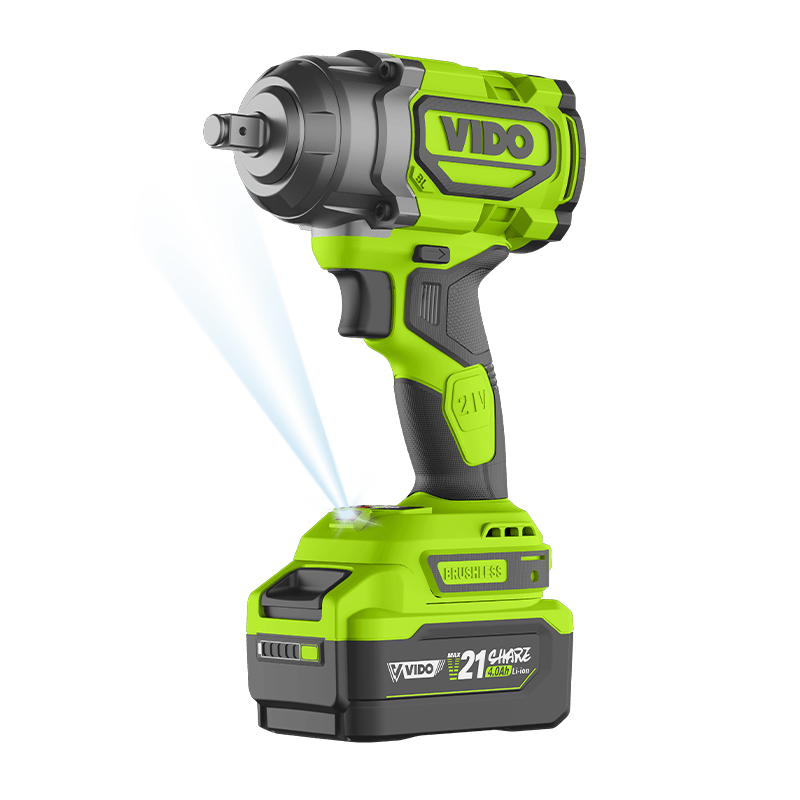Don't underestimate a small drill. Whether you're building a large workbench or a small shelf, the wrong way to use it or using the wrong drill bit can ruin your entire project. You may think that drill bits on the market all look the same. In fact, we can roughly divide them into four categories: masonry drill bits, wooden drill bits, tile drill bits, and twist drill bits. Of course, there will be some differences between different categories, but they still have similar characteristics. Today, we will help you distinguish various drills.

If you need to make holes in brick, stone or concrete, masonry bits have a larger angled tip. The biggest advantage of masonry bits is that they are suitable for use at low rpm to prevent overheating, and can be used for tougher jobs in hammer mode. Masonry drill bits come in many sizes, from 4mm to 16mm, and even lengths up to 400mm, enabling them to drill through walls.
Type two:Wood drill bits
When working with drywall or wood in other construction projects, you will need a wood drill bit. Dowel bits are mentioned here, and are also the most common wood bits. They have a sharp point on the end to help grab the wood when you start drilling. They also feature sharp, double-edged threads that help keep holes straight and clean when drilling. The drill is available in sizes ranging from 3 to 10 mm.
Type 3: SDS drill bits
Simply put, it functions similarly to a hammer drill. But with the SDS feature, whic is called a slotted drive system that improves the hammering action. A piston fires the bits forward and pulls them back, driving the hammering action on those bits. This reduces friction and increases strength, allowing the SDS drill bits to easily penetrate even the toughest materials. SDS drill bits are used to eliminate the bit slip and withstand the powerful force of its hammering action. These bits make carving and chasing jobs a breeze.
Type 4: Twist drill bits
Twist drill bits should unsurprisingly be the type of drill you use most often. The tip cuts through the material and the length of the helix allows the material to be pulled out of the hole and keeps the drill bit straight while drilling. Twist drills can be used in a variety of materials, including wood, metal and even plastic. These drills are available in sizes from 0.4mm to 12mm. It is also very important to pay attention to choosing the right size, small sizes are easy to break during use, but you have to consider the size of the hole you need to drill and exclude the possibility of the hole being blocked by debris. If subdivided, twist drills can be divided into two categories: HSS drill bits and carbon steel drill bits.
The full name of HSS drill bit is high-speed steel drill. It can be used for any material. The biggest feature of HSS drill bit is that it can withstand the high temperature caused by friction. The advantage of high temperature resistance makes it very suitable for metal. Perhaps you will find that most HSS drills on the market are golden because the titanium nitride coating helps them self-lubricate as they drill into the metal.
HSS drill bits can be easily found at VIDO. VIDO manufactures drills and other commonly used professional tools and small machines in a wide range of sizes. For more information on these tools, please call us.
















































































